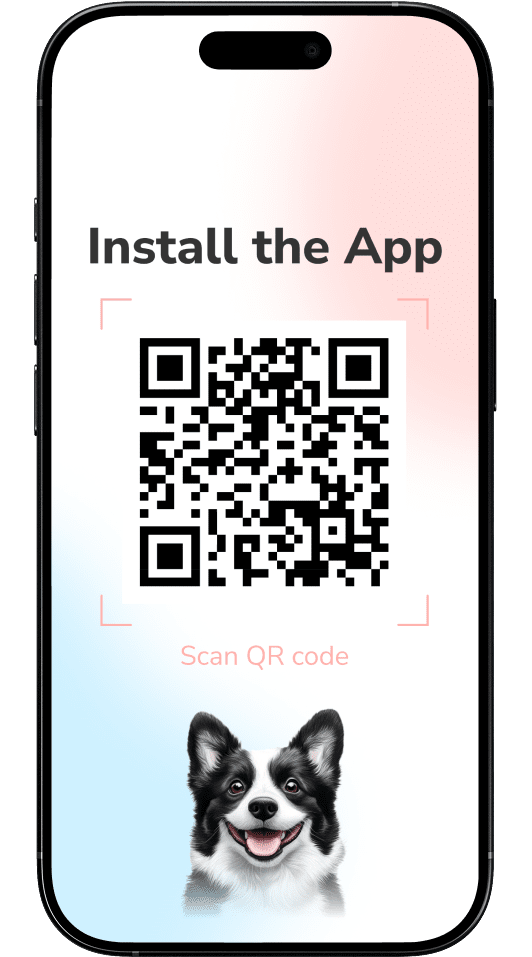Worried about puppy biting problems, growling, or scary zoomies? You’re not alone. Many new owners ask, “How to tell if my puppy is aggressive?” The truth: most pups show normal puppy behavior vs aggression that just needs guidance. Use this “Is my puppy aggressive?” quiz to separate play from risk, learn puppy aggression signs, and walk away with a practical puppy aggression training plan.
Quick take: Much of an aggressive puppy's behavior stems from over-arousal, teething, or fear. With structure, positive reinforcement for biting control, and smart puppy socialization tips, you can turn things around.
Normal Puppy Play vs Aggression
Play looks wiggly, loose, and bouncy. Puppy body language includes soft eyes, a curvy spine, self-handicapping, and quick recoveries after yelps. Puppy growls during play can be normal, especially with tug, as long as the body stays loose.
Aggression or risk looks stiff and serious: hard stare, closed mouth, slow tail wags at half‑mast, freezing before a lunge, repeated biting and growling that escalates under stress, and guarding food or space (puppy resource guarding).
“Is My Puppy Aggressive?” Quiz
How to answer: Think about the last 7 days.
Scoring: YES = 1 point, NO = 0 points.
Total your points at the end.
Outside of play, my puppy freezes or hard stares when I reach to touch/collar them.
Biting leaves marks or bruises (not just light mouthing).
Puppy growls during play and escalates when the other dog or I try to stop.
I see puppy resource guarding (food/toy/bed): stiffening, growling, or snap on approach.
My puppy snaps at me when picked up, moved off furniture, or blocked from a doorway (puppy aggression toward owner).
Evening “witching hour” = overstimulated puppy biting; toys/hard chews don’t help much.
After excitement, my puppy can’t settle within 5 minutes (pacing, scanning, puppy frustration barking).
Startle or handling makes my pup tense, and recovery takes longer than 30 seconds (possible puppy fear period sensitivity).
On leash or at the window, my puppy barks/lunges at dogs/visitors (reactive pattern).
My puppy blocks or guards me from others.
Results
Add up your YES answers (0-10):
0-2 (Green) – Playful Pup, Normal Range
Mostly normal puppy behavior vs aggression. Focus on structure, naps, and how to stop puppy from biting with toy swaps and brief play pauses.3-5 (Yellow) – Needs Guidance
You’re seeing puppy aggression signs driven by arousal or uncertainty. Start the puppy aggression training plan (calm on a mat, Drop/Leave‑It, trade games) and follow the puppy socialization tips below.6-8 (Orange) – High Concern
Multiple risk markers for aggressive puppy behavior or reactivity. Use management (gates, long line, predictable routes), apply reactive puppy solutions, and seek dog trainer advice for puppy aggression.9-10 (Red) – Urgent
Prioritize safety; book a force‑free trainer or veterinary behaviorist. Introduce muzzle‑training (positive) and avoid confrontations.
How to Stop a Puppy from Biting (Step‑by‑Step)
Pre‑empt arousal. Offer a chew or sniffy break before your pup spins up.
Teach a mouth target. Hand Target (touch nose to palm) redirects biting to a job.
Reward calm, not chaos. Treats arrive when paws are on the floor and the mouth is off skin.
Pause on hard bites. Briefly stop play (5–10 seconds), then invite calmer play—repeat.
Swap, don’t snatch. Use trade‑up; return the original object if safe to keep trust.
Hands aren’t toys. If the game is “hands,” introduce a toy immediately and reinforce engaging the toy.
Common mistake: “Alpha” corrections or yelling can turn fear into aggressive puppy behavior. Choose coaching, not combat.
Puppy Socialization & the Fear Period
Log three positive exposures/day (people, surfaces, sounds). Short, sweet, and with food
Distance first. If your pup stiffens or refuses treats, you’re too close.
Expect fear periods (often around 12 weeks and again in adolescence). Be gentle, keep sessions brief, and avoid pressure.
Reactive Puppy Solutions & Calming Skills
Pattern games: “1‑2‑3 treat,” Hand Target chains, and U‑turns on leash.
Calming protocols: Slow treat delivery, scatter feeding on grass, decompression walks.
Environmental tweaks: Window film, white noise, predictable routine.

